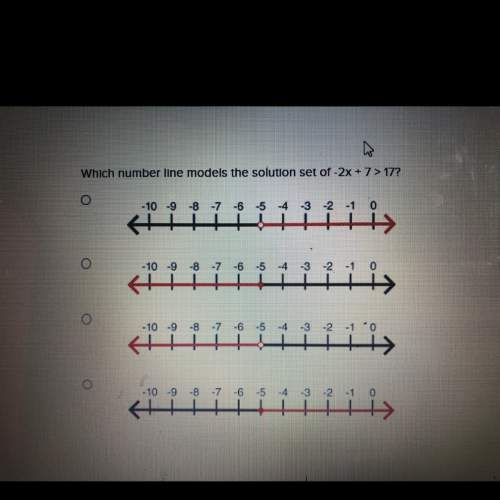
Mathematics, 11.03.2020 22:09, jlulu398
The function f(t)=3,502.86(1.15)(t−12) models the amount of money in Gavin's investment account after t years. Gavin says this means that the initial amount in the account was $3,502.86. Is he correct? Why or why not?
A. No, because you need to multiply 3,502.86 to find the initial amount.
B. No, because f(0) is not 3,502.86.
C. Yes, because 3,502.86 is multiplied by the exponential term.
D. Yes, because f(0)=3,502.86

Answers: 2
Other questions on the subject: Mathematics

Mathematics, 21.06.2019 17:30, margaret1758
Use the distributive law to multiply. 3(4x + 5y + 6)
Answers: 2

Mathematics, 21.06.2019 18:30, liltay12386
F(x)=x^3+4 question 6 options: the parent function is shifted up 4 units the parent function is shifted down 4 units the parent function is shifted left 4 units the parent function is shifted right 4 units
Answers: 1

Mathematics, 21.06.2019 20:30, aaronw3743
Wrote and expression for the difference of p and 4
Answers: 1

Mathematics, 22.06.2019 01:00, haileygrace4154
Can anyone explain to me how to do this? anything will .
Answers: 1
Do you know the correct answer?
The function f(t)=3,502.86(1.15)(t−12) models the amount of money in Gavin's investment account afte...
Questions in other subjects:


History, 19.10.2021 20:00







Mathematics, 19.10.2021 20:00

History, 19.10.2021 20:00








